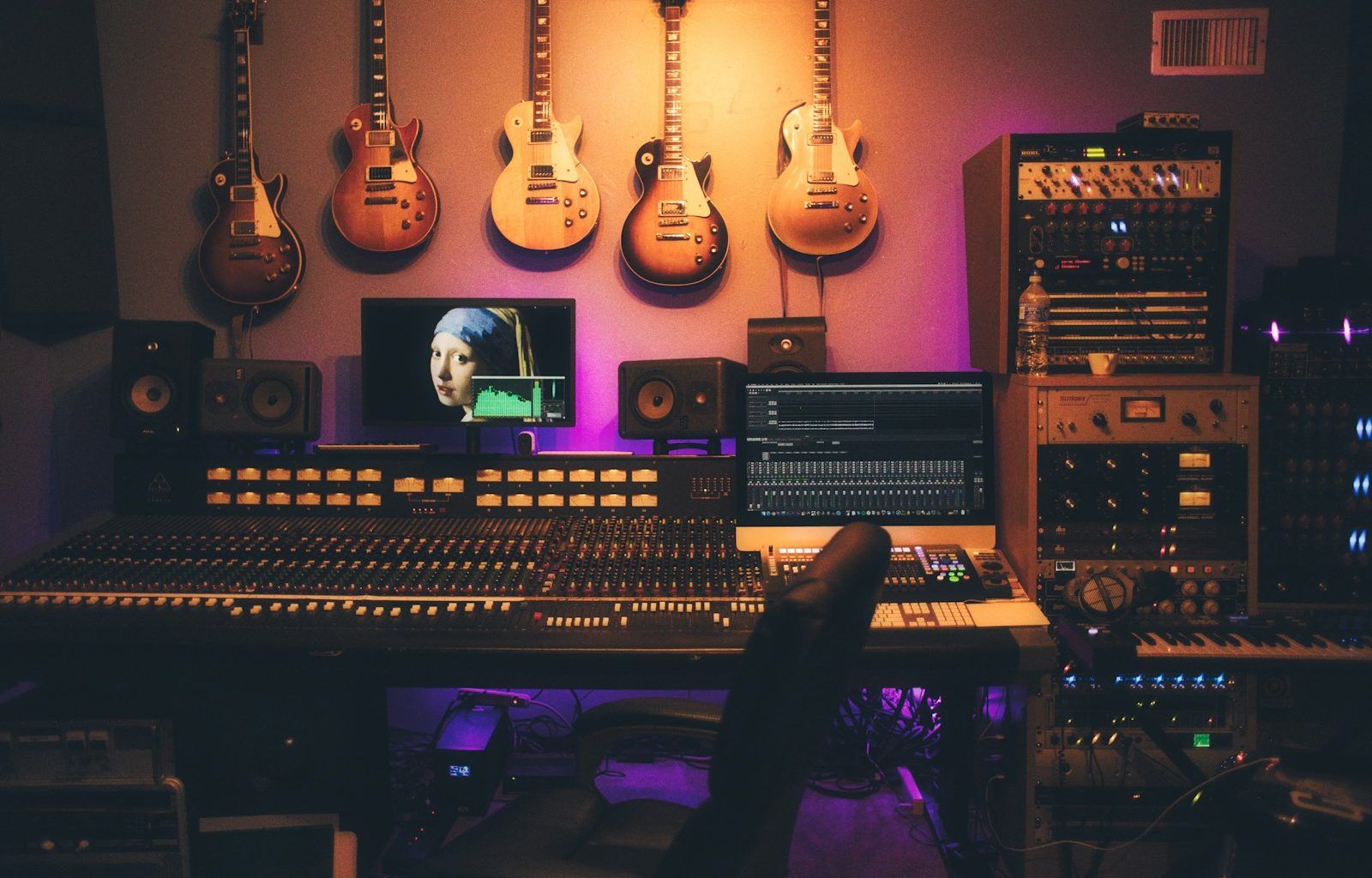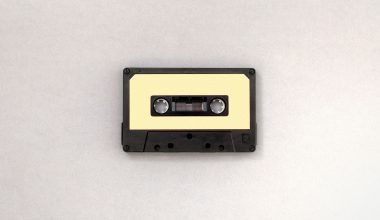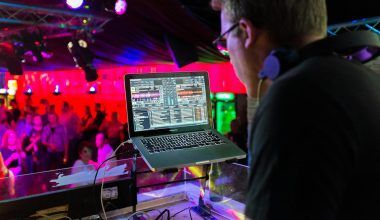If you’re passionate about music and dream of turning that love into a business, opening a music studio is a fantastic idea. Whether you want to produce music, teach lessons, or rent your space to artists, a music studio can help you fulfill your creative ambitions while earning a steady income.
But let’s be honest—starting a music studio might sound challenging. Where do you begin? How much does it cost? What equipment do you need? Relax! This blog will walk you through everything step by step. From planning and budgeting to finding the perfect space and setting up gear, we’ve got you covered.
Let’s jump right in!
1. Start With a Clear Plan
First things first: Planning is everything. To open a music studio, you need a solid roadmap to guide you through each stage of the process. It’s like building a song—you need structure, purpose, and a vision.
Define Your Studio’s Purpose
Ask yourself: What do you want to achieve with your studio?
- Music Production: Do you want to create tracks for clients or your own music?
- Teaching Music: Will you provide music lessons for instruments, vocals, or recording techniques?
- Rehearsal Space: Are you looking to rent your studio for rehearsals or jam sessions?
- Recording Services: Do you aim to record albums, podcasts, or voiceovers for clients?
Defining this purpose will help you make decisions later—from choosing the location to buying equipment.
Write Down a Business Plan
Once you know your purpose, draft a simple business plan. Include:
- Goals: What are your short-term and long-term goals?
- Budget: How much are you willing to invest to open a music studio?
- Target Audience: Who are your clients? Musicians, students, bands, or podcasters?
- Services: What will you offer? Recording sessions, production, lessons?
- Competition: Research local studios to understand what they offer.
A clear business plan will help you stay focused and attract potential investors if needed.
2. Find the Perfect Location for Your Music Studio
The location of your studio plays a huge role in its success. Ideally, you want a space that is quiet, accessible, and big enough for your needs.
Decide Between Home Studio or Commercial Space
- Home Studio: If you’re on a tight budget, starting a home music studio might be the best option. All you need is a spare room, garage, or basement.
- Commercial Studio: Renting a commercial space works if you plan to attract bigger clients or bands.
Things to Consider When Choosing a Location
- Soundproofing: Pick a location that’s naturally quiet or away from busy streets.
- Size: Do you need room for multiple musicians or instruments? Plan accordingly.
- Accessibility: Ensure it’s easy for clients to reach your studio.
- Parking: Having parking space can make your studio more attractive.
Tip: If you’re setting up a home studio, let your neighbors know in advance to avoid conflicts about noise.
3. Set Your Budget and Manage Finances
Budgeting is a critical step when you open a music studio. Knowing your costs upfront will help you avoid surprises later.
List Your Major Expenses
- Space Costs: Rent, mortgage, or renovations.
- Equipment: Microphones, audio interfaces, monitors, instruments, and cables.
- Soundproofing: Foam panels, bass traps, and insulation materials.
- Software: Digital Audio Workstations (DAWs) like Logic Pro, Ableton Live, or Pro Tools.
- Utilities: Electricity, internet, and water.
- Marketing: A website, ads, or promotions.
It’s easy to overlook small expenses like:
- Acoustic treatment
- Maintenance or repairs
- Software updates
Set aside an emergency fund to handle unexpected expenses.
4. Purchase the Right Equipment for Your Music Studio
Now for the fun part—choosing your studio equipment! The gear you need depends on the type of studio you want to open, but here’s a basic list to get you started:
Essential Equipment Checklist
- Computer: A powerful computer is necessary for recording and editing music.
- Digital Audio Workstation (DAW): Software like FL Studio, Pro Tools, or GarageBand.
- Audio Interface: This connects your microphones and instruments to your computer.
- Microphones: Start with a good condenser microphone for vocals and a dynamic mic for instruments.
- Studio Monitors: Speakers designed for accurate sound playback.
- Headphones: Studio-grade headphones for monitoring and editing.
- Cables: XLR, USB, and instrument cables.
- Pop Filter and Mic Stand: For cleaner vocal recordings.
- MIDI Keyboard: Helps with creating and editing music.
- Acoustic Panels: To improve sound quality by reducing echoes.
Start Small and Upgrade Over Time
If you’re working with a limited budget, focus on essential equipment first. You can always add more advanced gear as you grow.
5. Design and Set Up Your Music Studio
A well-designed studio improves sound quality, productivity, and overall vibe. Here’s how to set up your space:
Step 1: Plan the Layout
Organize your studio so everything is within reach. Place your desk, monitors, and computer in the center (known as the “control zone”).
Step 2: Soundproof the Room
- Install acoustic foam panels on walls and ceilings.
- Use bass traps in corners to absorb low frequencies.
- Lay down carpets or rugs to reduce sound reflections.
Step 3: Set Up Your Gear
- Position your studio monitors at ear level for accurate sound.
- Keep your microphone stand in a quiet corner.
- Arrange cables neatly to avoid clutter.
Step 4: Add Some Personal Touches
Make your studio a creative space with art, plants, and good lighting. A comfortable environment can inspire both you and your clients.
6. Market Your Music Studio to Attract Clients
Once your studio is ready, it’s time to spread the word. After all, you need clients to keep the business running.
Build an Online Presence
- Create a Website: Showcase your services, pricing, and a contact form.
- Social Media: Use Instagram, Facebook, and YouTube to share behind-the-scenes clips.
- Portfolio: Upload audio samples or videos of past projects.
Network With Local Artists
Attend music events, join online forums, and connect with local musicians. Building relationships will help you attract more clients.
Conclusion
Opening a music studio takes planning, patience, and passion. Start small, focus on quality, and grow step by step. With the right setup and some smart marketing, you can turn your love for music into a thriving business.
Are you ready to take the leap? Start your music studio journey today, and let your creativity shine.
For further reading, explore these related articles:
- How to Upload Music on TikTok: The Ultimate Step-by-Step Guide
- How to Submit to Spotify Playlists for Free: A Complete Guide
For additional resources on music marketing and distribution, visit DMT Records Private Limited.






